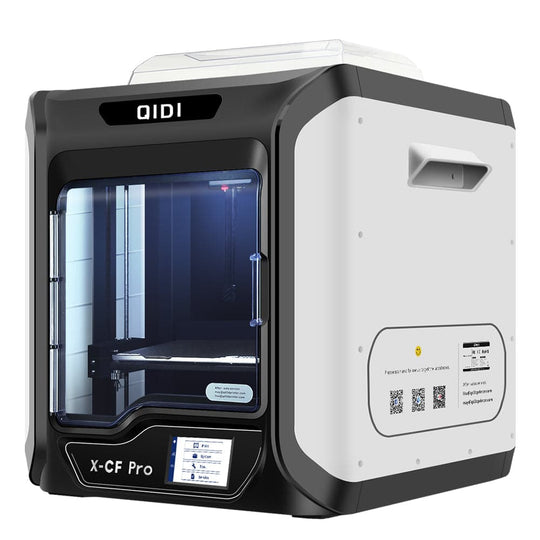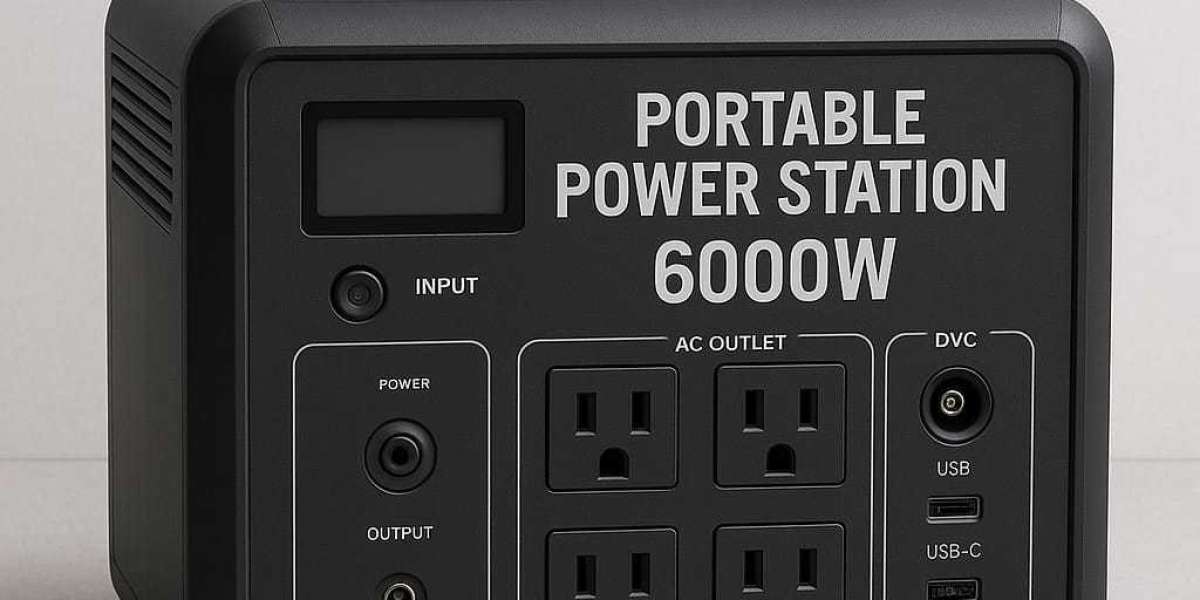Introduction to Versatile FDM Printers
In the rapidly evolving world of 3D printing, Fused Deposition Modeling (FDM) printers have emerged as a cornerstone technology. Their ability to support multiple filament types has opened up a plethora of opportunities across various industries. This article delves into the myriad benefits of versatile FDM printers with multiple filament support, highlighting their transformative impact on sectors ranging from healthcare to manufacturing.

Enhanced Material Flexibility
One of the most significant advantages of FDM printers with multiple filament support is the enhanced material flexibility they offer. Traditional FDM printers were limited to a single type of filament, often restricting the scope of projects. However, modern versatile FDM printers can handle a variety of materials such as PLA, ABS, PETG, and even flexible filaments like TPU. This flexibility allows industries to choose the most suitable material for their specific needs, whether it's for creating durable mechanical parts or intricate medical models.
Cost-Effective Prototyping
Prototyping is a critical phase in product development, and versatile FDM printers have revolutionized this process. By supporting multiple filament types, these printers enable the creation of prototypes that closely mimic the final product in terms of material properties. This capability reduces the need for expensive and time-consuming iterations, making the prototyping process more cost-effective. For instance, a company developing a new consumer gadget can use a combination of rigid and flexible filaments to create a prototype that accurately represents the final product's functionality and aesthetics.
Customization and Personalization
In industries such as healthcare and fashion, customization and personalization are paramount. Versatile FDM printers with multiple filament support empower these industries to produce bespoke items tailored to individual needs. In healthcare, for example, custom prosthetics and orthotics can be printed using a combination of rigid and flexible materials to ensure both durability and comfort. Similarly, in the fashion industry, designers can experiment with different filament types to create unique, personalized pieces that stand out in the market.
Sustainability and Waste Reduction
Sustainability is an increasingly important consideration in today's industrial landscape. Versatile FDM printers contribute to sustainability by enabling the use of eco-friendly filaments such as biodegradable PLA. Additionally, the ability to print with multiple filament types allows for more efficient use of materials, reducing waste. For example, a manufacturer can use a combination of recycled and virgin materials to produce high-quality products while minimizing their environmental footprint.
Conclusion
Exploring the benefits of versatile fdm printers with multiple filament support reveals their transformative potential across various industries. From enhanced material flexibility and cost-effective prototyping to customization and sustainability, these printers are paving the way for innovative solutions and improved efficiency. As technology continues to advance, the versatility and capabilities of FDM printers will undoubtedly expand, offering even more opportunities for industries to innovate and thrive.






